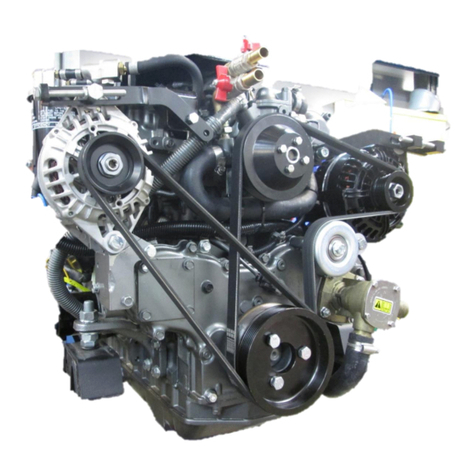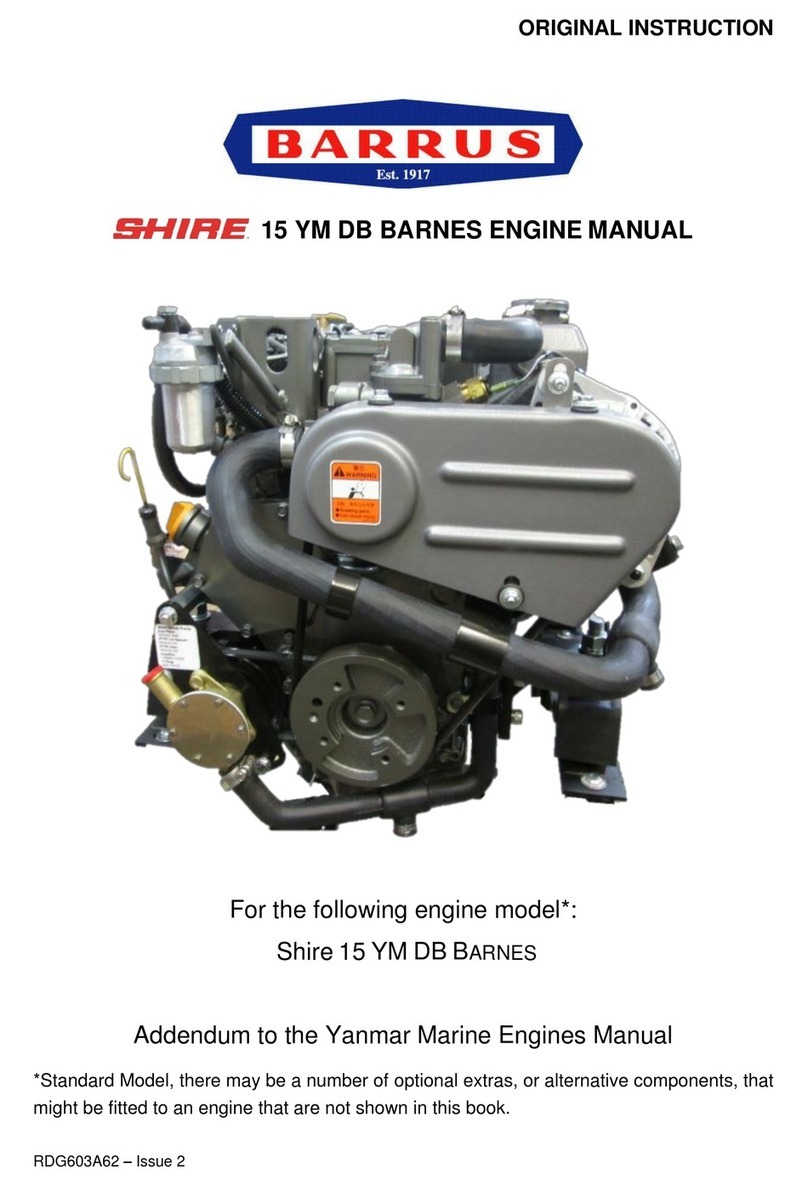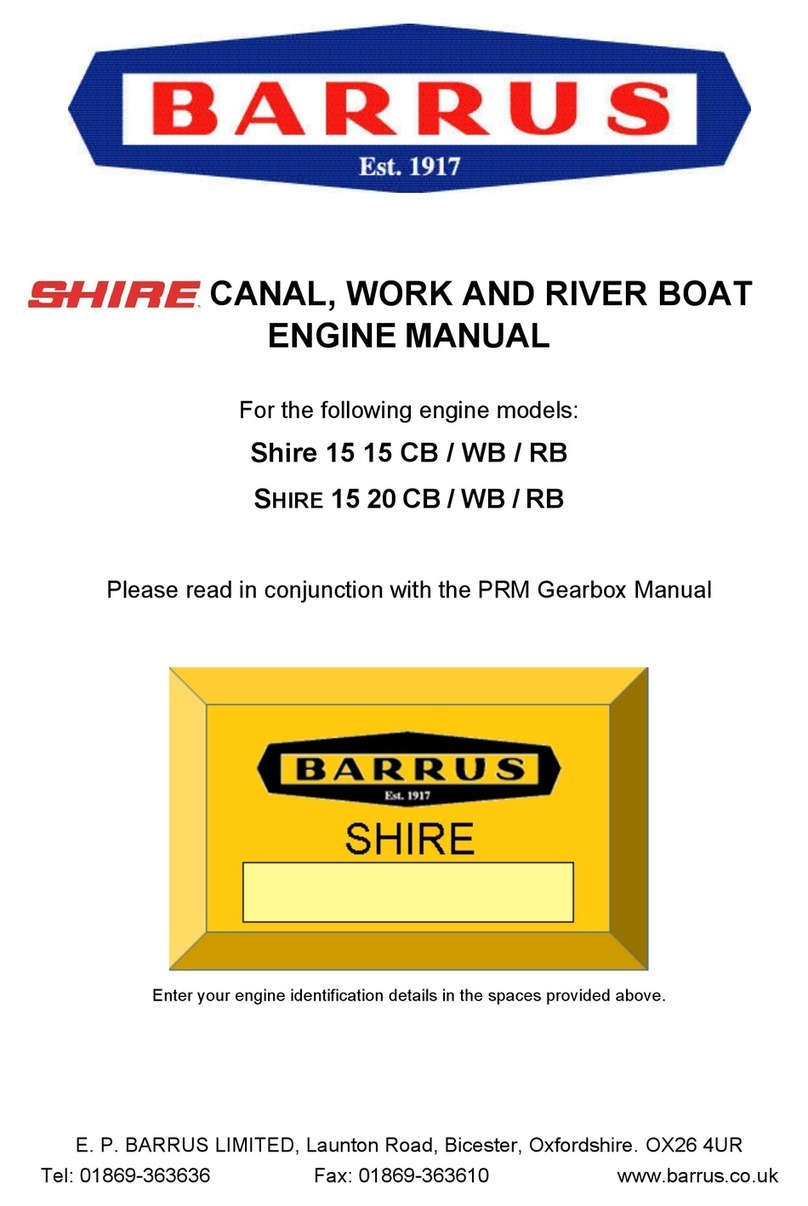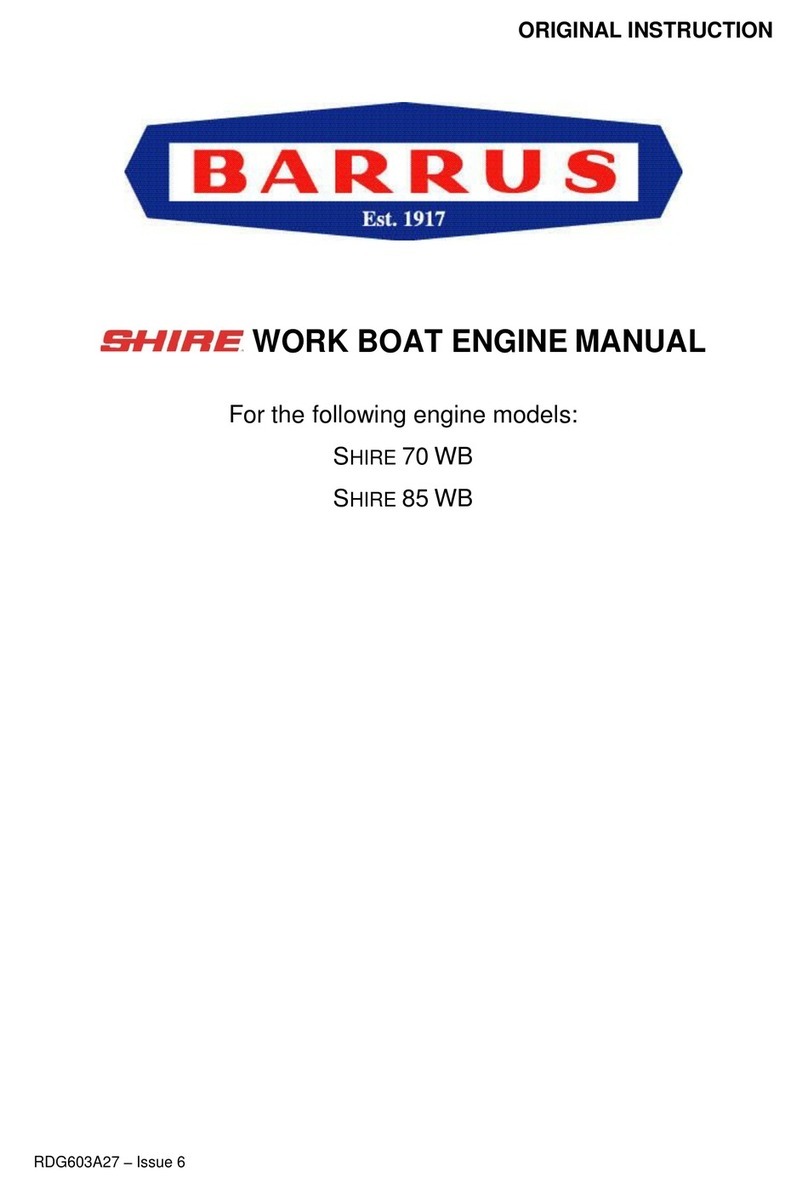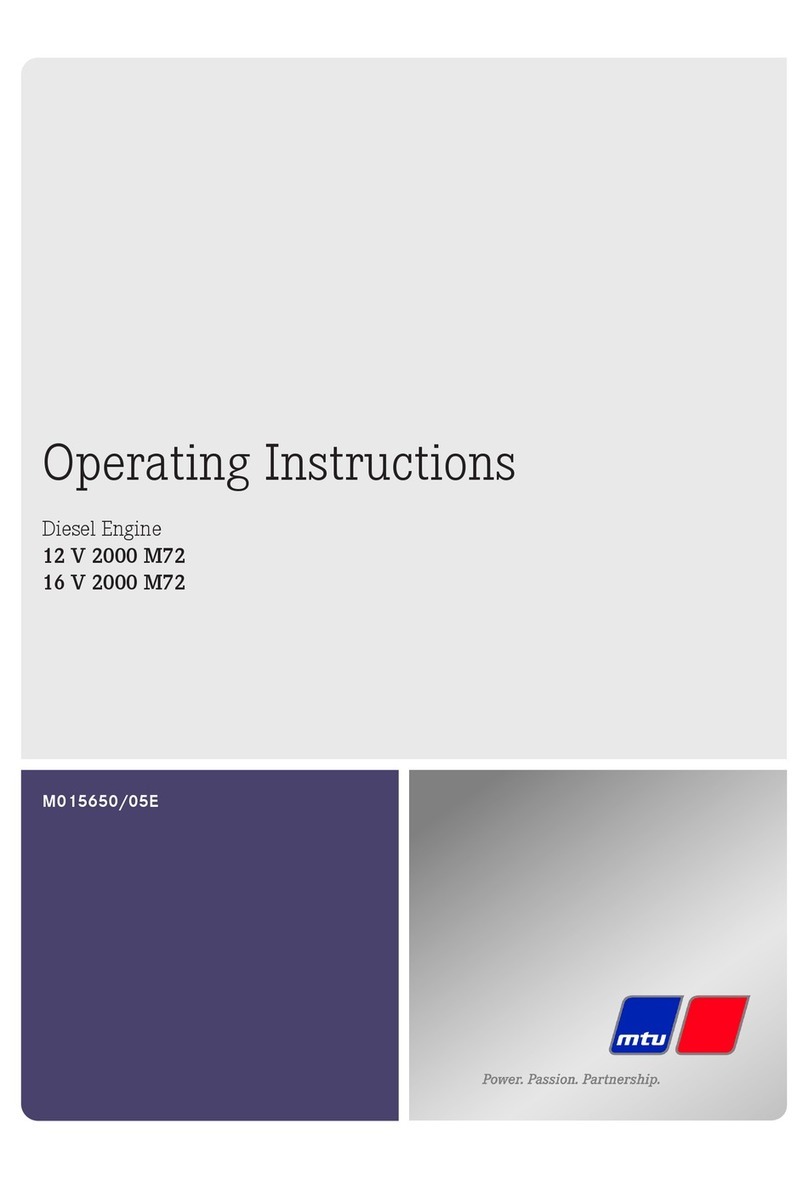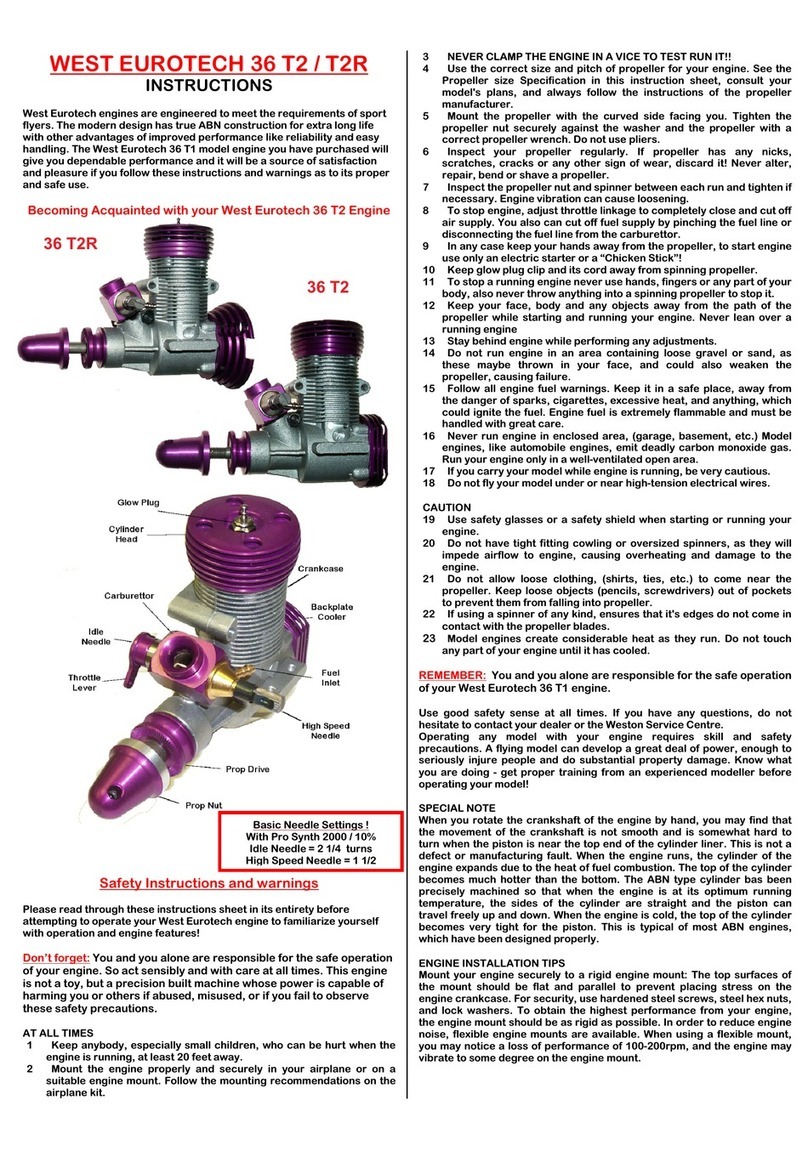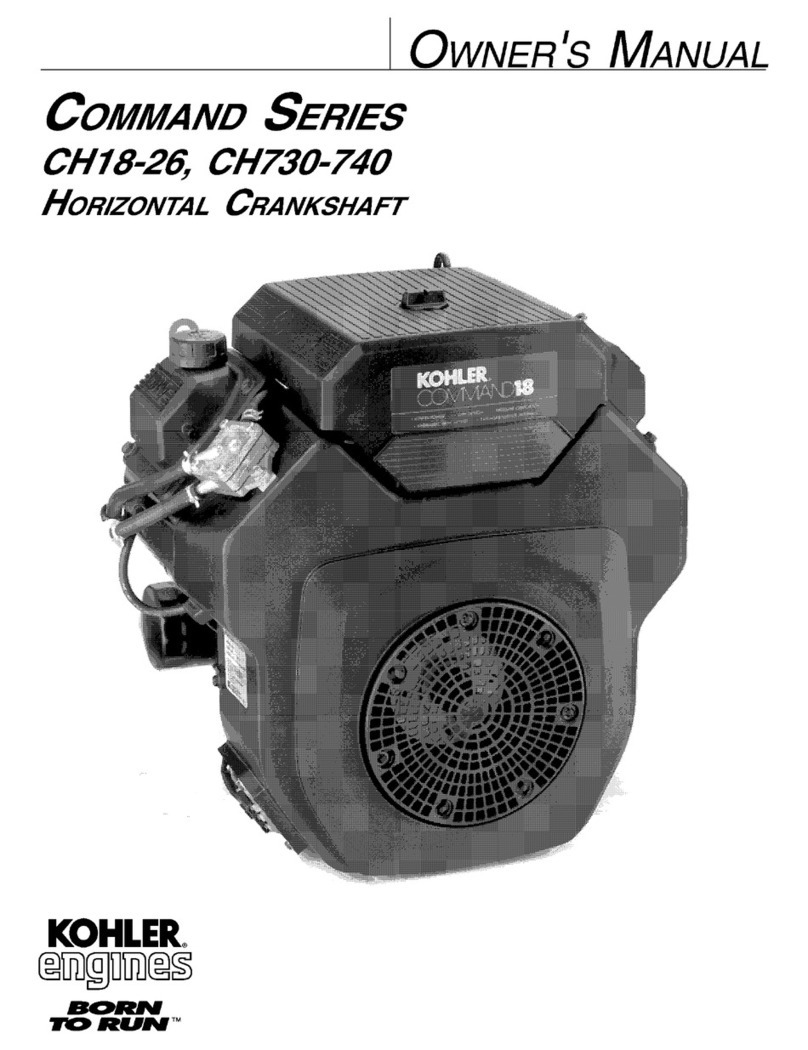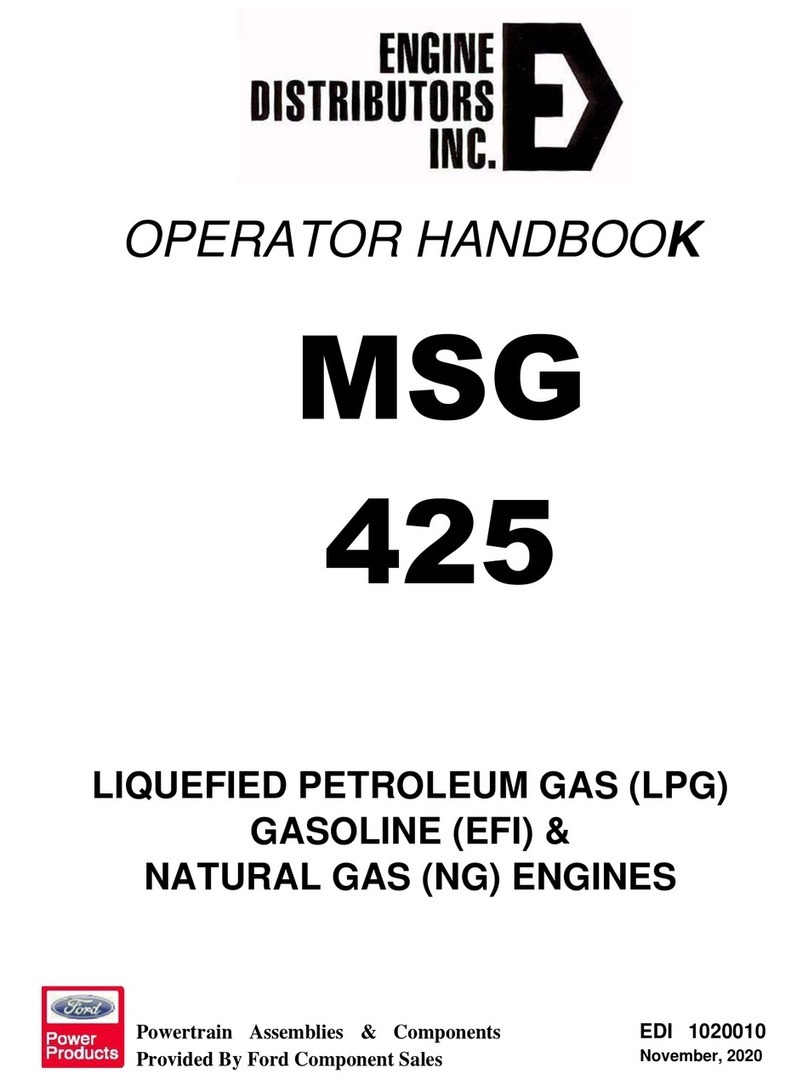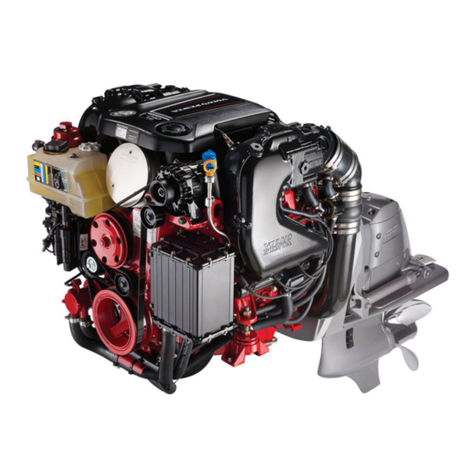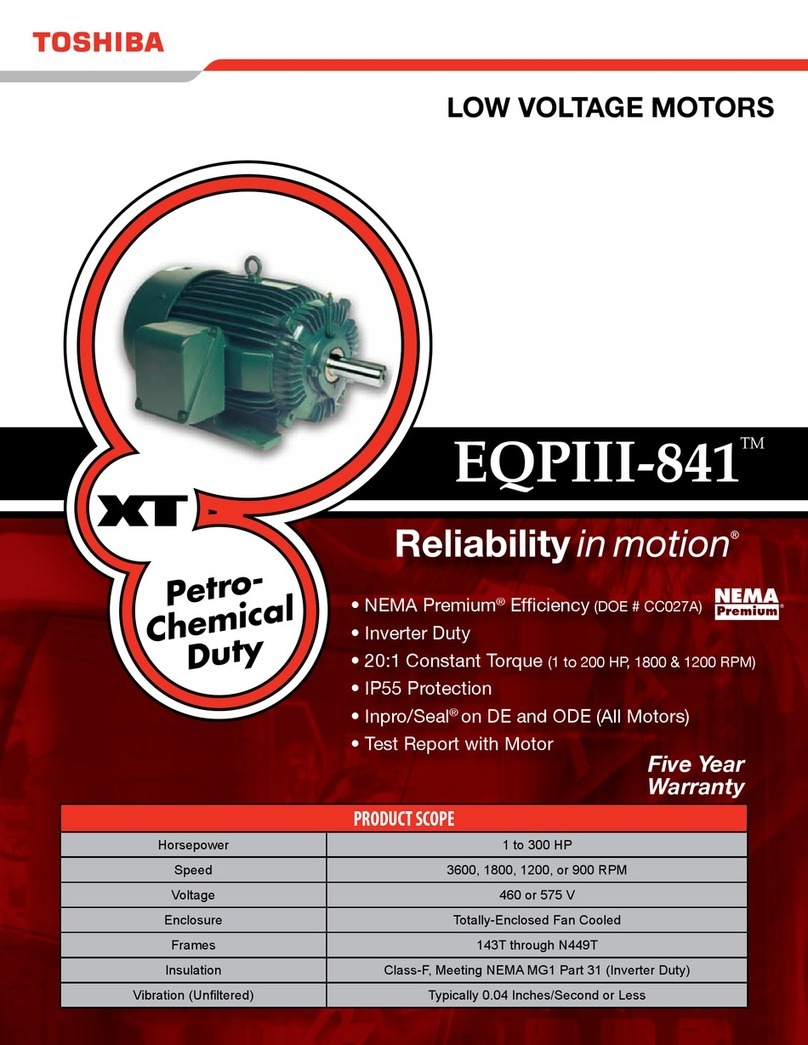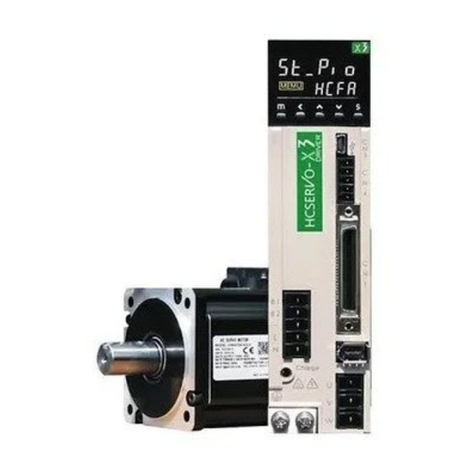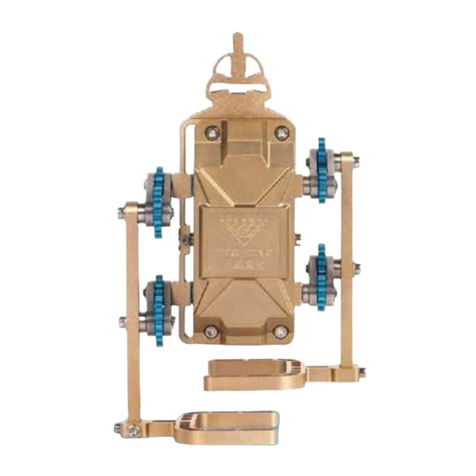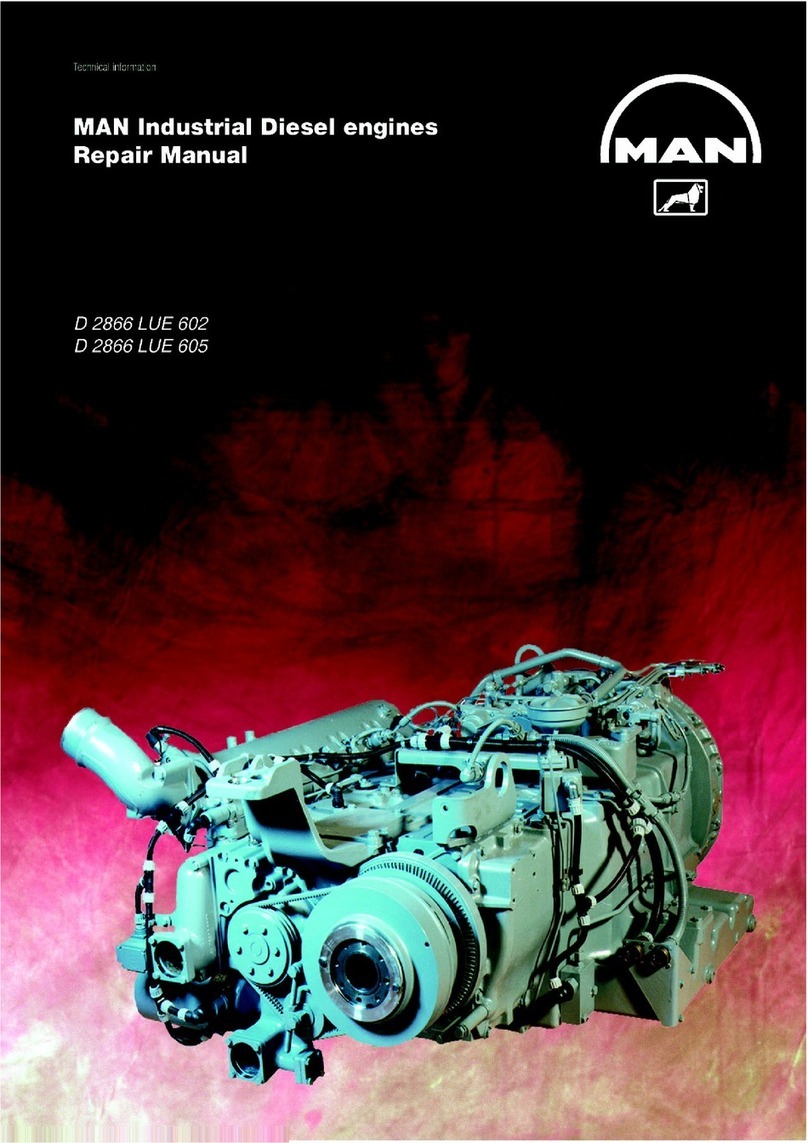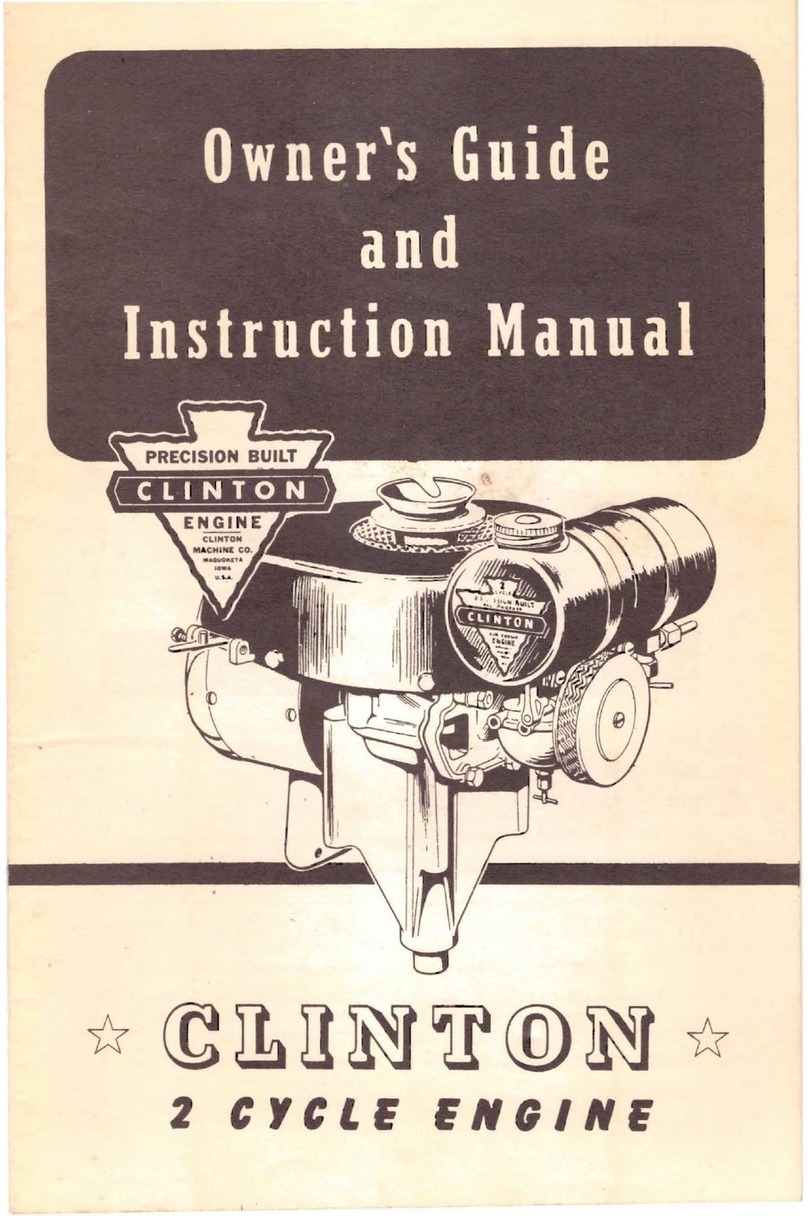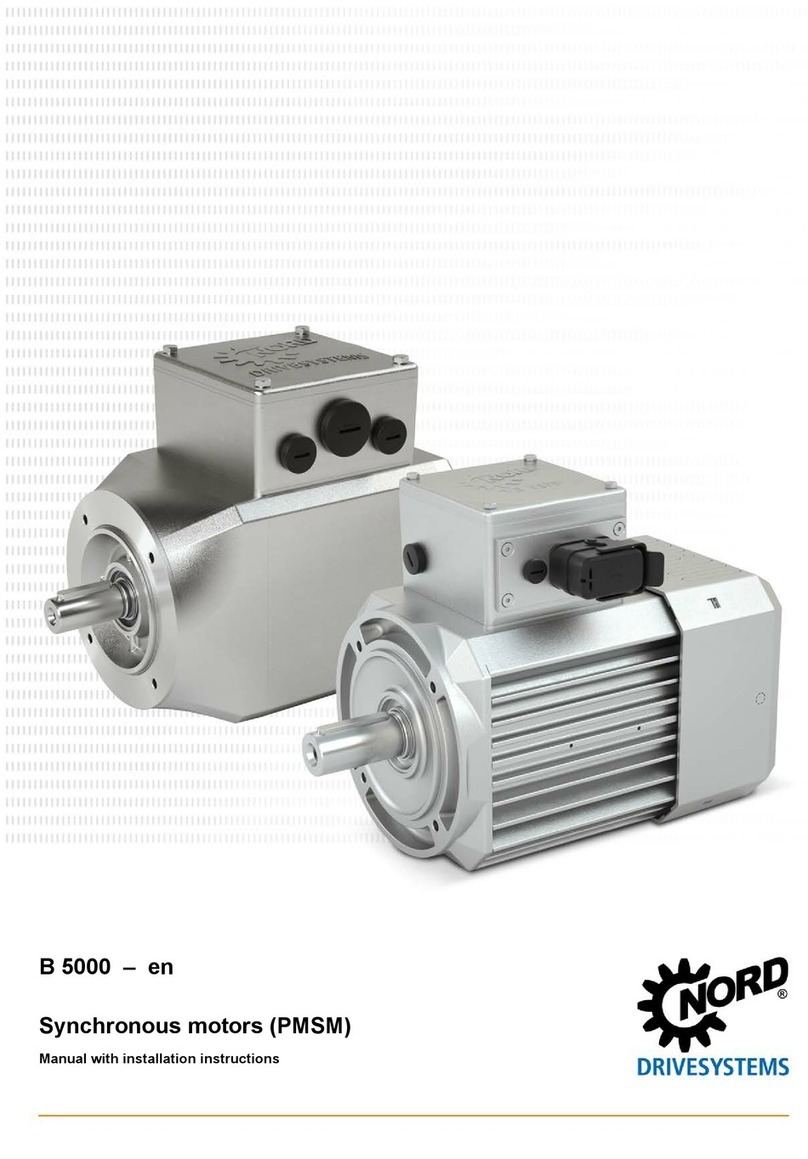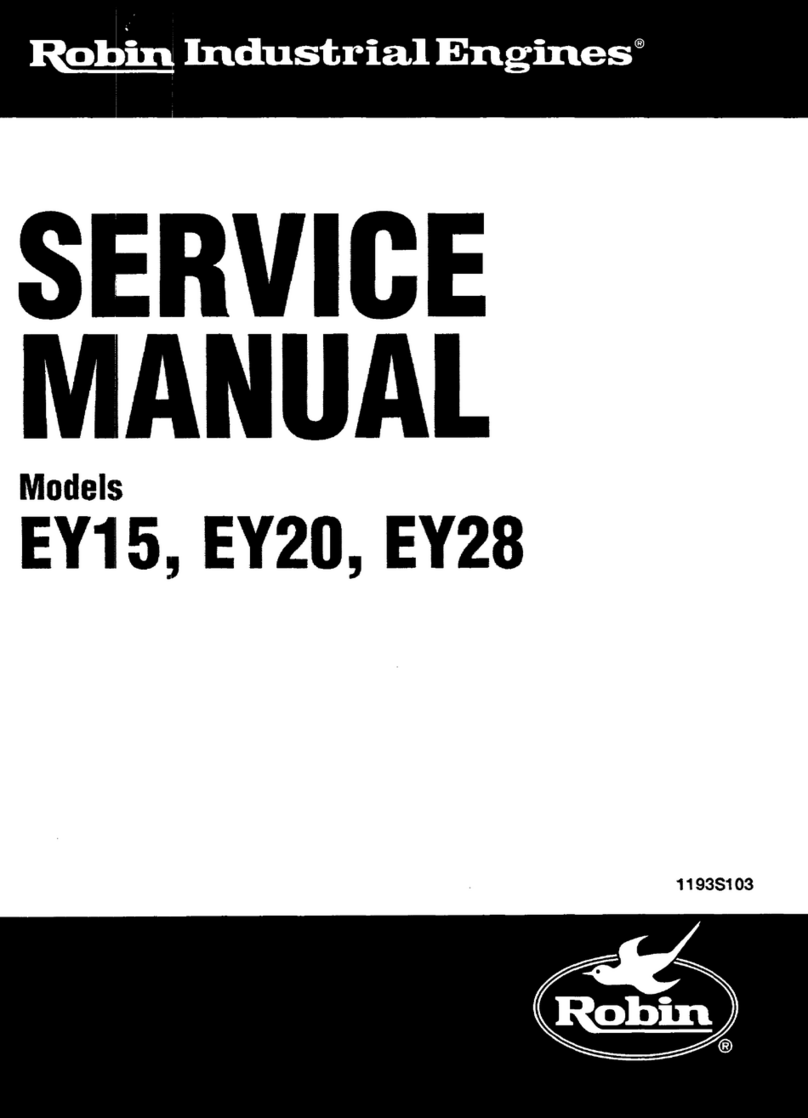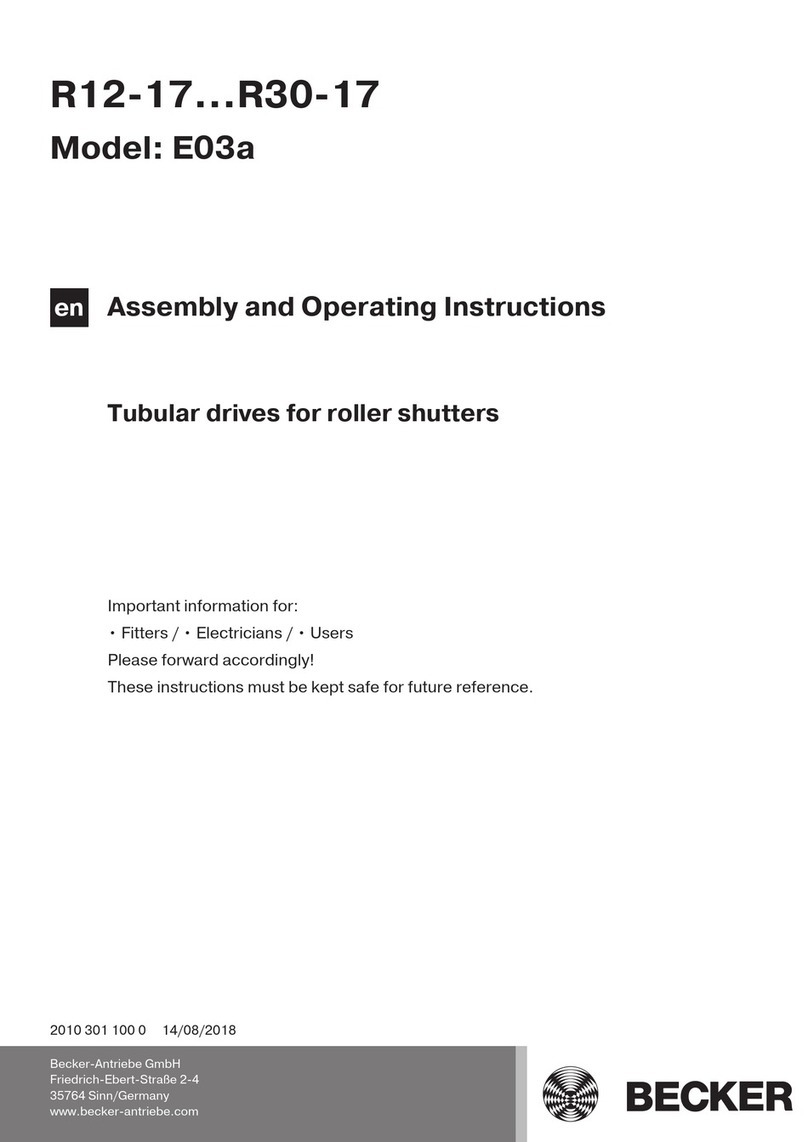•If the engine is out of alignment it will result in excessive vibration and possible
damage to the stern tube and propeller shaft.
•Boats that are fitted with fully flexible drive couplings should still have the engine and
shaft alignment as close as possible. A dummy shaft may be required for this
purpose. Note: Some types of flexible shaft couplings require the input and output to
be misaligned, check with the coupling manufacturer’s installation instructions.
•Minimum clearance of 25mm between rails and engine beds.
7. Electrics
•Do not attach any part, hose or cable to the engine wiring harness. There is a
warning label attached to the harness to remind you of this.
•Connect the wiring extension harness multi plug to the panel plug and the other end
to the engine.
•Connect the start battery positive cable to the starter motor solenoid terminal.
•The starter motor battery cable must have a cross sectional area of at least 50mm2.
•The engines are fitted with a single 50A alternator as standard.
•A single 70A Alternator can be fitted in place of the 50A Alternator as an option.
•There is a further option to have two separate alternators fitted to the engine. The
standard 50A alternator and either an additional 12V 140A alternator or 240A
alternator can be fitted. This option is used to charge the batteries for the domestic
electrical system.
•For twin alternator engines, connect the domestic battery positive cable to the 140A
or 240A Alternator. The 140A alternator has a B+ terminal and the 240A alternator
has a “pos out” terminal (see wiring diagram). This ensures that the 50A alternator
charges the start battery and the 140A or 240A alternator charges the domestic
battery. This removes the requirement for a split charging system or relay.
•The engine is supplied with the domestic alternator belt not fitted. This is so that
domestic alternator damage does not occur if the engine is run without the domestic
battery back connected. The belt should only be fitted when the domestic battery
bank has been connected to the domestic alternator. Belt fitting and tensioning
instructions are in Section 5 – Service Procedure. Make sure the alignment is
correct.
•A cable will need to be manufactured locally and fitted between the lower 140A or
240A alternator and domestic battery positive terminal. The cable should have a
minimum cross sectional area of:
40mm²for Shire 30, 33, 35, 38 and 40 (140A Alternator).
70mm²for Shire 45 and 50 (240A Alternator).
•Both negative battery terminals can be connected to a common earth point.
Note: The 240A alternator is of the insulated earth design and requires a heavy duty earth




















